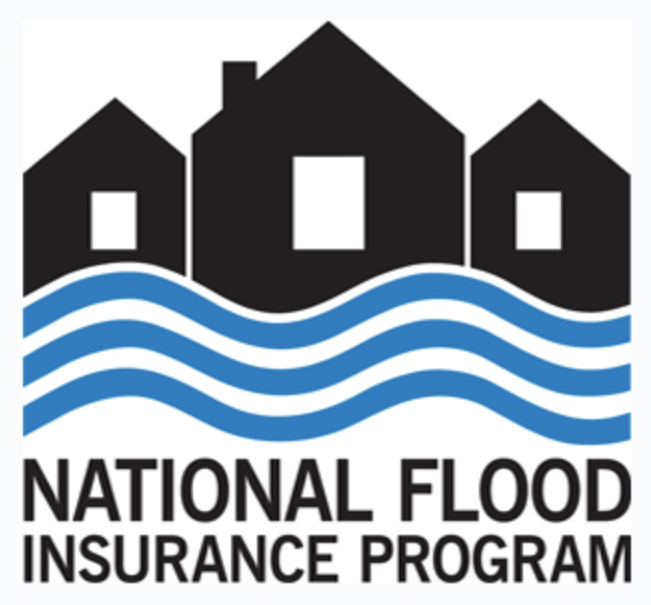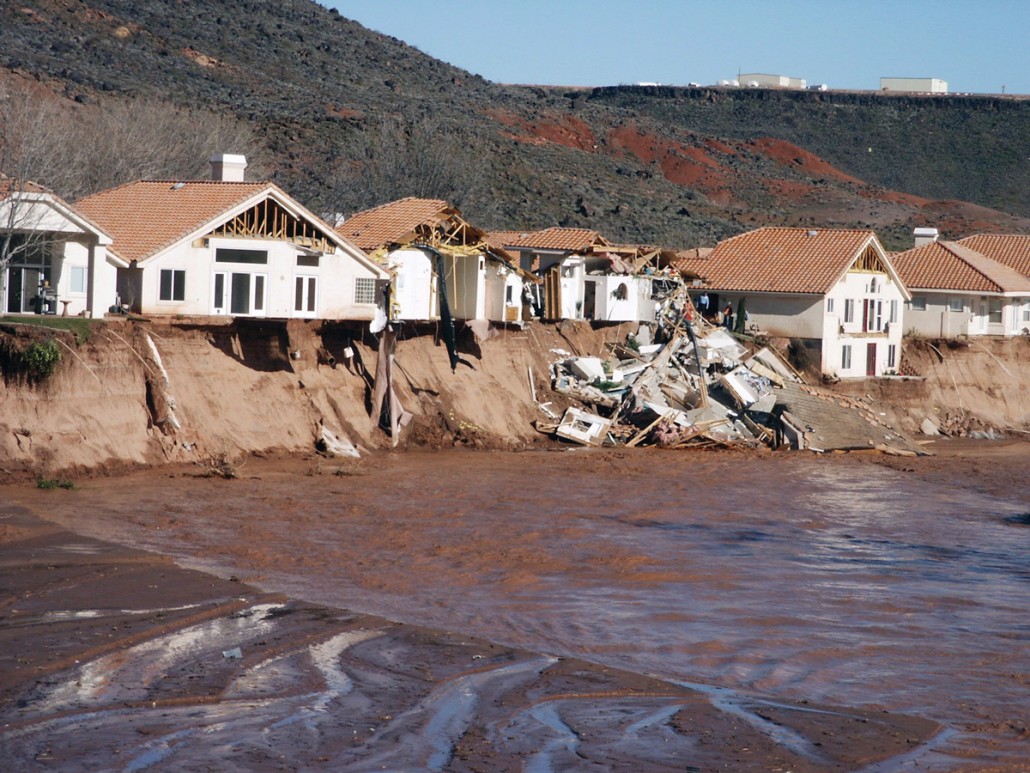Anywhere It Can Rain, It Can Flood.
Severe thunderstorms, flash floods from post-wildfire events, and poor drainage systems can result in flooding. The National Flood Insurance Program (NFIP) policy covers direct and physical losses to your structure and belongings in the event of a flood. Most homeowners' and renters’ insurance does not cover flooding events. Just one inch of flood water can cause more than $25,000 in damage to your home or business. Purchasing flood insurance will help protect the things you value, with flood insurance you are able to recover more quickly after a flood.


Private flood insurance is another alternative to the NFIP. What makes private flood insurance different from the NFIP is that private insurance is not backed by the federal government. Private flood insurance doesn’t have the same restrictions as the NFIP and can offer coverage options such as replacement costs for personal property and can include temporary living expense coverage.
There are many benefits and disadvantages to either a private or federal flood insurance policy. It is always a good idea to speak to your insurance agent, read your policy exclusion, and see what works best for you. Find more information about flood insurance options with the Utah Insurance Department.



